One-Day Workshop - Monday March 17th, 2008
National Centre for Early Music, York, UK.
The workshop aimed to:
- Bring together researchers, practitioners, and professionals working in the area of audio and acoustics.
- Demonstrate audio work in the field of history, heritage and the preservation and interpretation of past environments.
- Disseminate audio work across the museum, heritage and related sectors.
- Offer networking opportunities with researchers and practitioners working in audio, acoustics and sound design.
- Share knowledge, experience and promotion of good practice in sound design for heritage and museums applications.
- Identify common interests, goals and future directions for research.
- Lead to focused collaborations and working parties for the development of new projects and/or research proposals.
Context
Virtual interactive environments offer high quality graphical rendering of virtual worlds, user interaction and immersion and are highly popular in on-line gaming and similar applications such as Second Life.
Graphical virtualization techniques have been used for some time in the fields of archaeology, history, and heritage offering better understanding and experience of past environments while also facilitating more effective user interaction. Despite significant advances in desktop computer processing and graphics hardware, in comparison, sound design and audio processing techniques are usually quite basic and make little use of recent creative and technological developments.
![A Sense of Place [Revisited]](Images/ASOP_window.jpg)
Used well, high quality music and sound design work with the imagination to evoke powerful images, recall strong memories and provide important auditory information about a virtual environment. Such use of music and sound design techniques is now commonplace in film and are gaining a similar status in game audio.
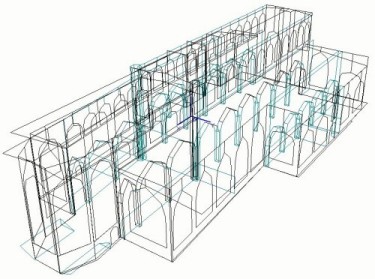
More recently, architectural acoustic modelling and measurement techniques have developed from purely lab-based research to become hands-on applications allowing, for example, real-time walk throughs of virtual environments. Such applications are already used in architectural consultancy and the study of heritage sites. Of particular note is the European CAHRISMA project (Conservation of the Acoustical Heritage by the Revival and Identification of the Sinan's Mosques Acoustics ? now finished), whose main goal was to introduce and develop the concept of ?Hybrid Architectural Heritage? covering acoustic as well as more accepted visual features.
Invited Speakers:
Dr Gui Campos, University of Aveiro, Portugal:- Acoustic Modelling and 3D Virtual Reconstruction of a Neolithic site.
- Virtual acoustic reconstruction and the role of auditory and visual cues for enabling musical performance.
- Virtual audio in heritage performance spaces.
- Archaeological acoustic space measurement for convolution reverberation and auralization applications.
- Opening the ears and eyes of Archaeology.
- The voice, singing and performance in acoustic space.
- The acoustics of past spaces: Understanding sound in ecclesiastic heritage.
- Building interactive audio environments using game audio tools.
- Audio heritage - Tools and techniques for the renovation of
historically
significant recordings.
University of Cambridge:
- Sound and music in prehistoric context
- Sampling the past: how technology can open access to musical instrument collections
- First light: An archaeology of Jodrell Bank
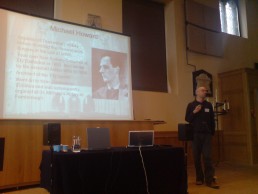 |
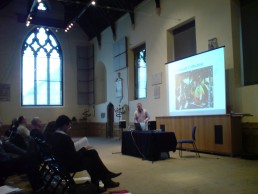 |
 |
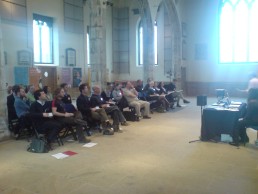 |
Now that the workshop has taken place, some of the the documents generated for the day will be kept here as a permanent record of the event and made available for download:
Please address any comments regarding the contents of the above to Damian Murphy who can be contatced above.
This site is maintained by Dr. Damian Murphy who can be contacted above. This event is supported by the AHRC ICT Methods Network in association with SpACE-Net and EPSRC.
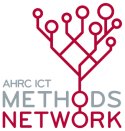 |
 |
 |
|